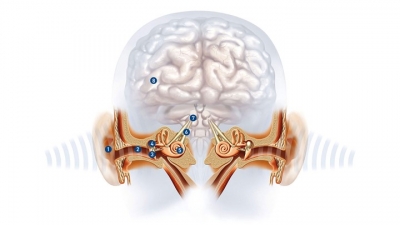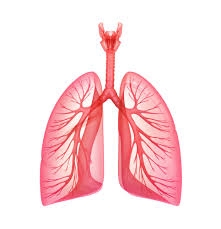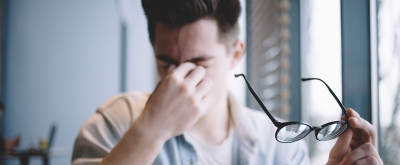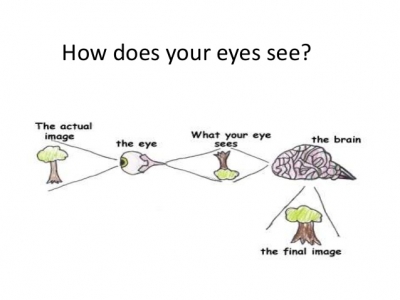How do you relieve pressure in your ear?

In noisy places, you have to listen hard to hear things. You may put your hand to your ear to catch the sounds. Sometimes you use your hands to help your ears. Some people’s ears need help all the time. These people are hard of hearing. Some other people cannot hear at all. They are deaf.
People who are hard of hearing may wear a hearing aid. A hearing aid makes sounds louder. It may allow people who are hard of hearing to use a telephone or hear more clearly the things people say. But hearing aids cannot help people who are completely deaf.
Some people who are deaf may have a cochlear implant.
A cochlear implant is an electronic device that a doctor attaches to the head just behind the ear. The implant picks up sounds, converts them to electric impulses, and sends the impulses to a nerve in the brain that allows us to hear.
Deaf children and children who are severely hard of hearing have a hard time learning to speak. Normally, children learn to speak by listening to others. But deaf children cannot hear. Many people who are hard of hearing use lipreading or sign language to “talk” with other people. When they lipread, they watch the speaker’s mouth to see what the person is saying. In sign language, hand signals stand for words. Some people who are hard of hearing can learn to speak. They use little or no sign language. Instead they speak in speech-read to talk with others.
Picture Credit : Google



